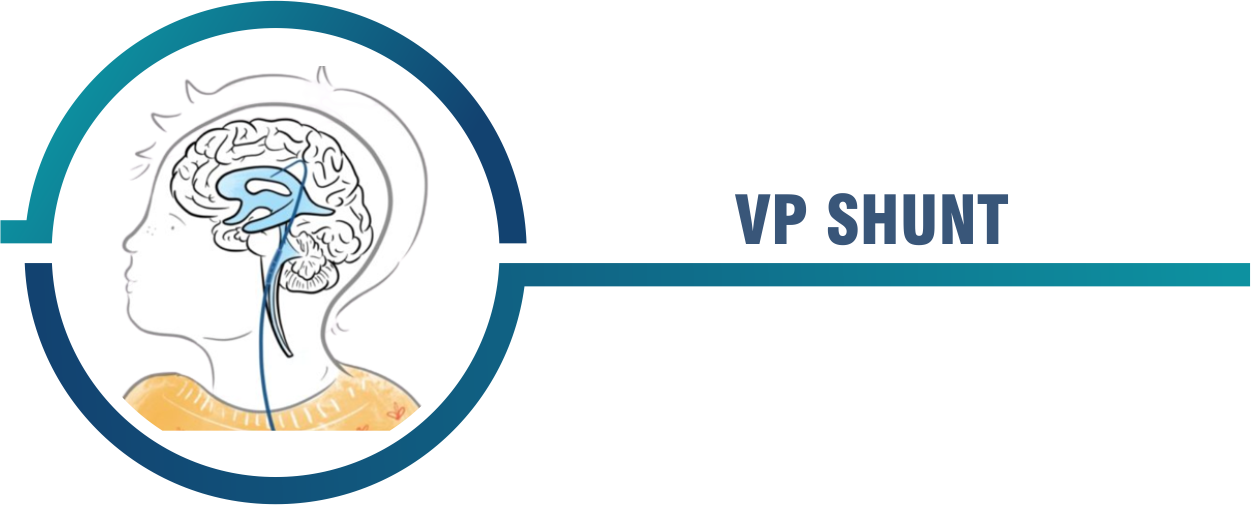
About VP Shunt
Cerebral shunts/VP Shunts are commonly used to treat hydrocephalus, the swelling of the brain due to excess buildup of cerebrospinal fluid (CSF). They are used to remove excess cerebrospinal fluid from the cranium cavity, as extra fluid raises the pressure inside the cranium, causing brain tissue damage. The shunt assists in draining excess fluid and maintaining normal pressure inside the cranium cavity. Extra fluid is drained into the chest or abdominal cavity via a drain or tube tunneled inside the body.
Symptoms
The most prevalent cause of hydrocephalus is blockages. In the brain, cysts, inflammation, and tumors can obstruct the normal flow of CSF, resulting in a dangerous buildup. Following are the symptoms of Hydrocephalus:
- Large Head Size.
- Headaches.
- Seizures.
- Irritability.
- Excessive Sleepiness.
- Incontinence.
- Poor Appetite.
- Cognitive delays or regression.
- Memory loss.
- Poor coordination.
- Impaired vision.
- Drowsiness (inability to stay awake or focus), fatigue (feeling tired or weaker than normal), or both.
- Having no control over when you urinate.
Risk Factor
There are some rare risks associated with VP shunting that can be serious and potentially fatal if left untreated, including:
- Infection in the shunt or blood clots in the brain.
- Brain bleeding, brain tissue damage, and brain swelling.
- Fever, headache, abdominal pain, fatigue, and an increase in blood pressure levels, or having the same symptoms as when the shunt was first placed, can indicate an infection or a shunt malfunction. Notify your doctor right away if these signs and symptoms appear.
Investigations
Imaging tests can confirm the diagnosis of hydrocephalus. Doctors can view the cavities and tissues within the brain using ultrasound, CT scans, and MRI scans. Testing will reveal whether certain areas of the brain contain more fluid than usual.
| Procedure | India | Turkey | Dubai |
| (Price in USD) | (Price in USD) | (Price in USD) | |
| VP Shunting | 5000 | 4500 | 9500 |
| VP Shunting - Programmable Device | 500 | 4500 | 9500 |
Note : This is an approximate cost and may vary depending on various condition of the patient health after physical evaluation.
Treatment Options
Side Effects
- Tenderness and Redness along the shunt line.
- A High Temperature.
- Headache.
- Vomiting.
- Stiffness in the neck.
- If the shunt drains into your stomach, you may experience stomach pain.
- Babies may be irritable or sleepy.
Benefits
Success Rate
The success rate is determined by the patient's age and the reason for the shunt. Ventriculoperitoneal shunts have a 50% failure rate in general.
